
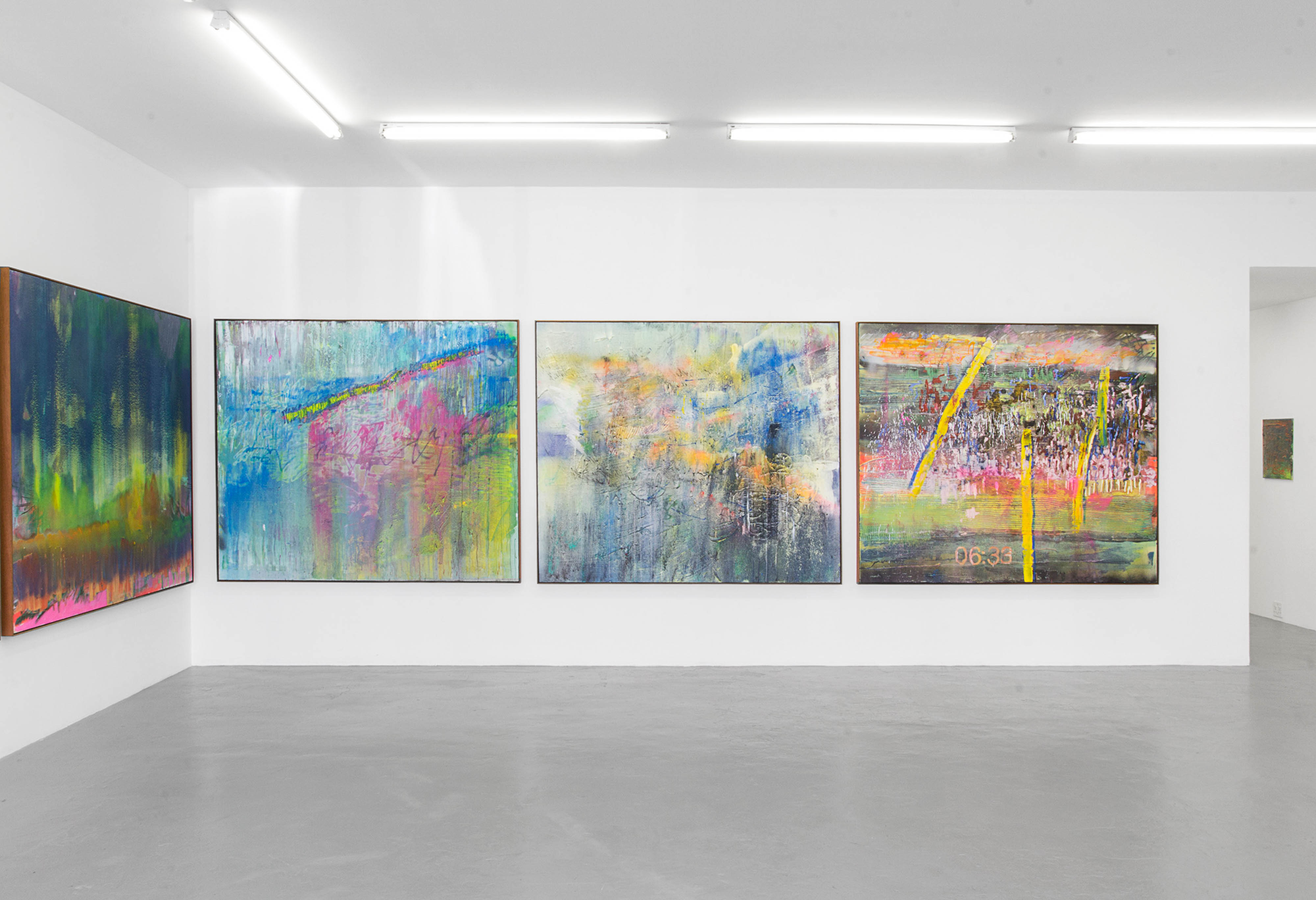

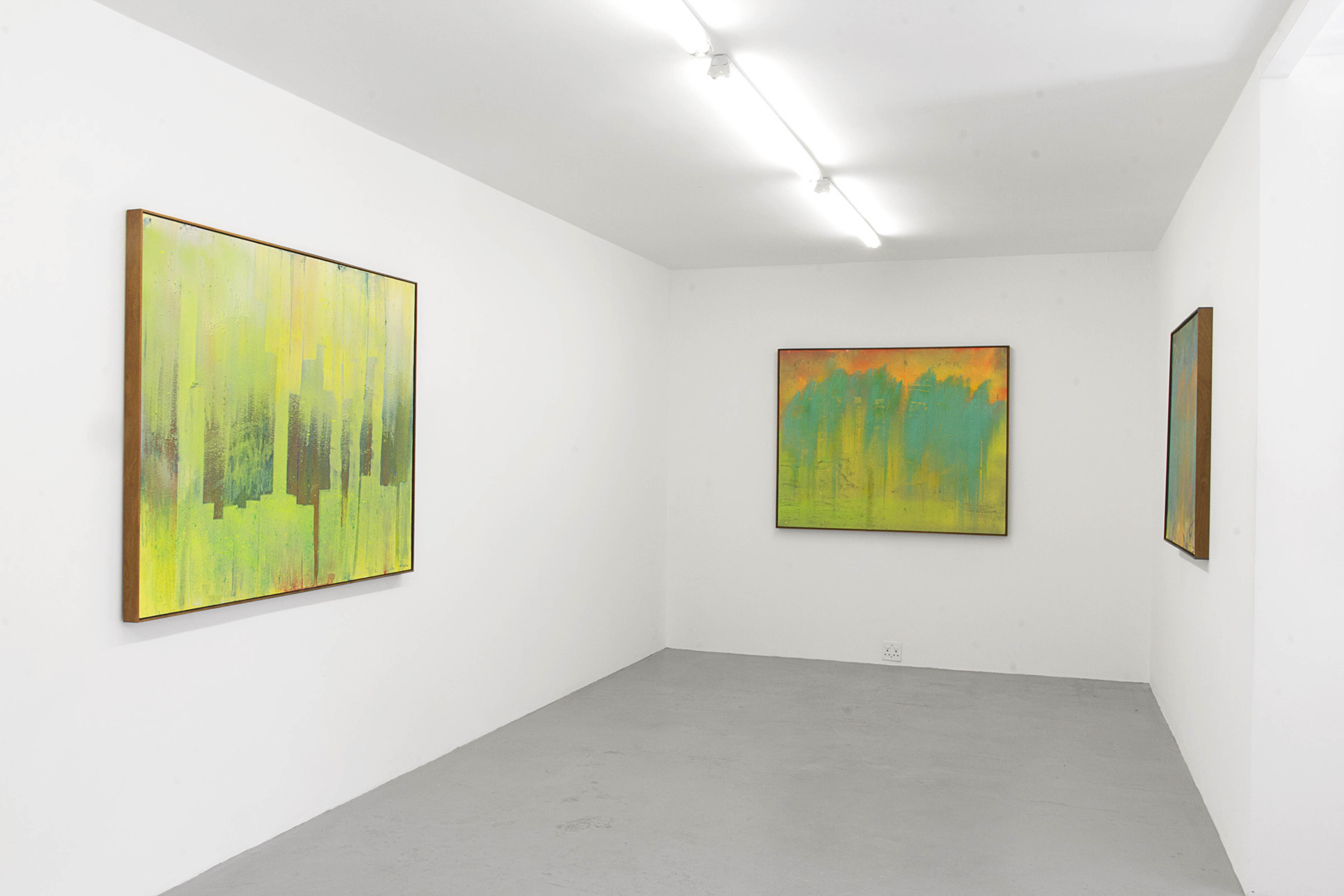
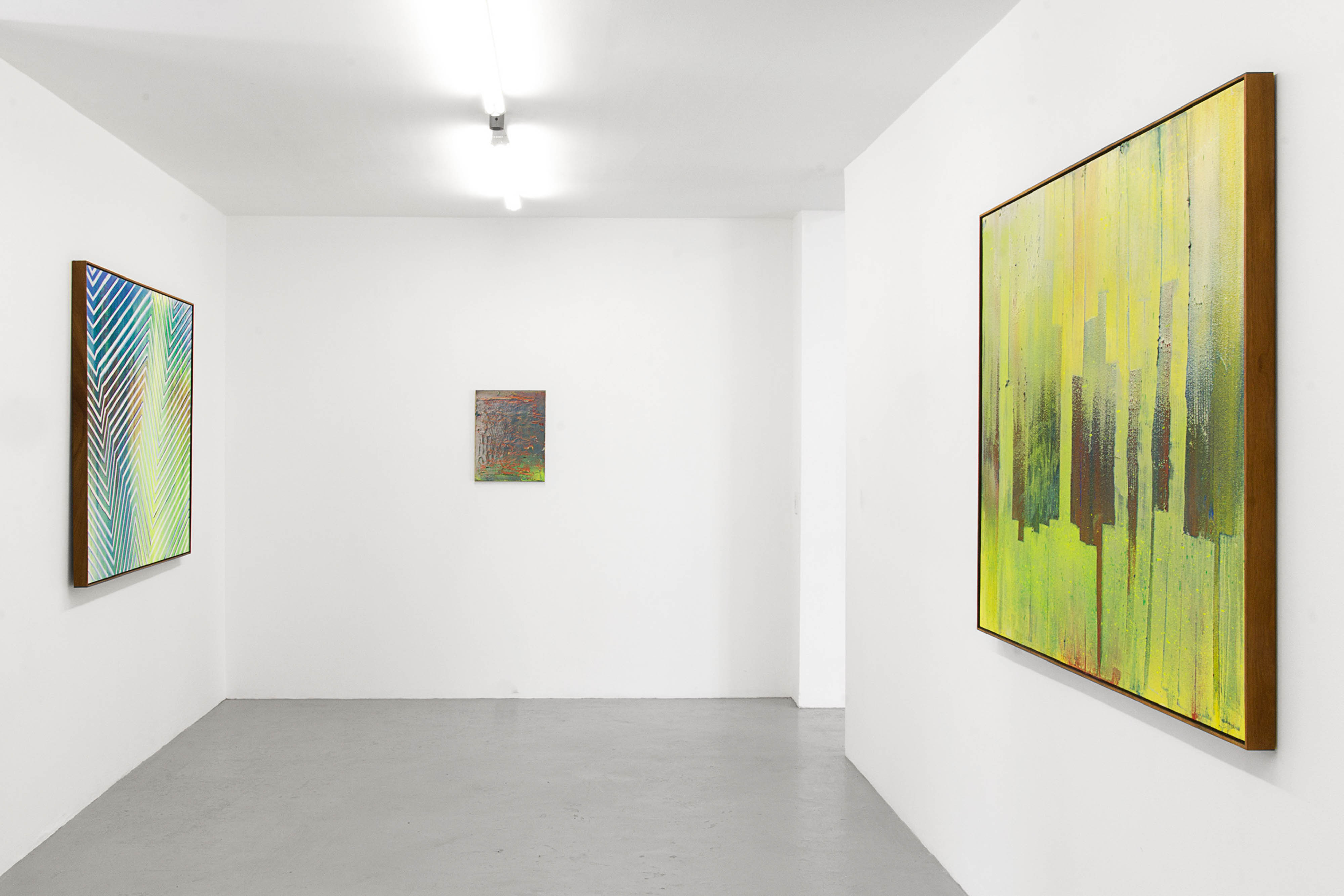
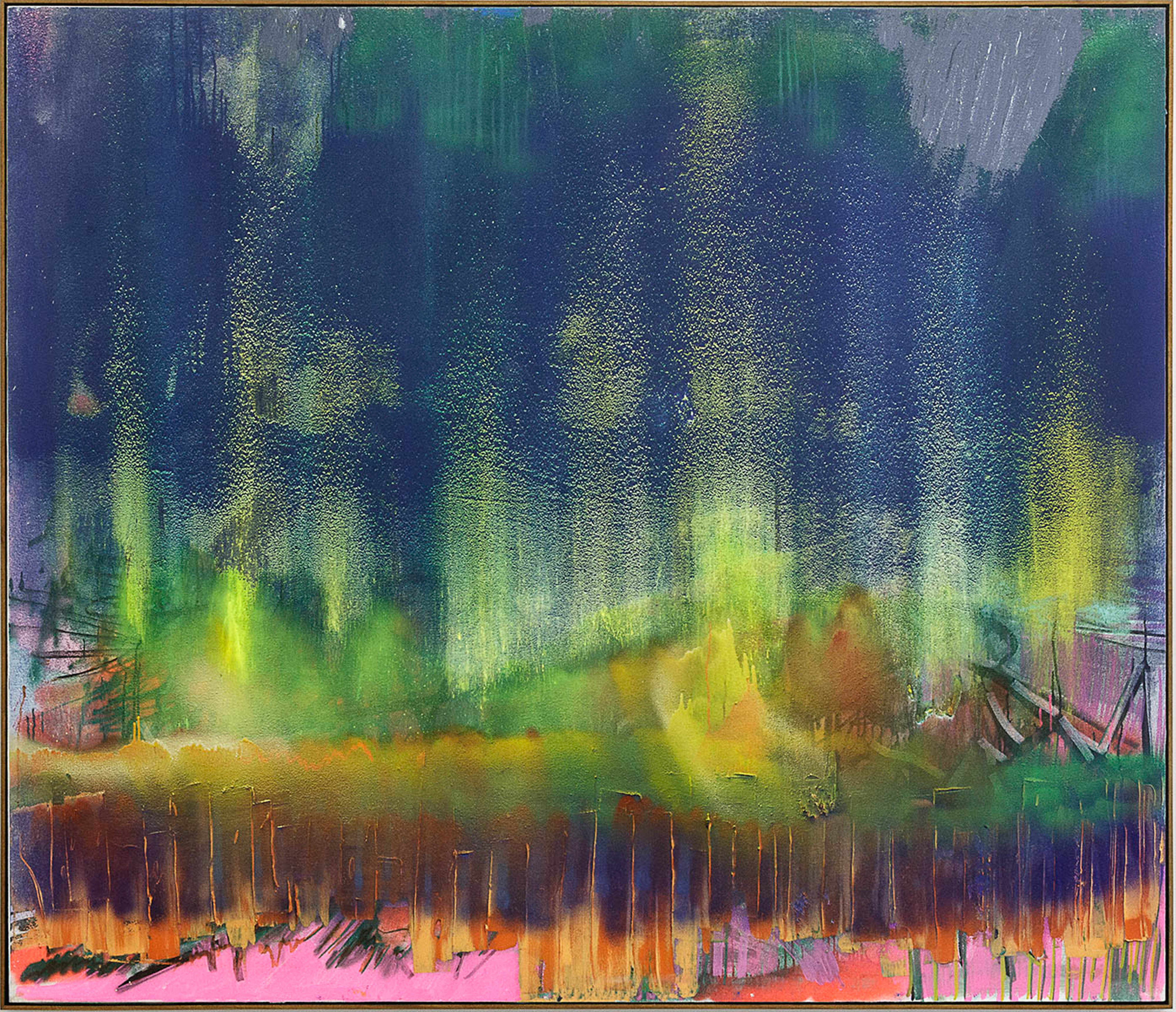





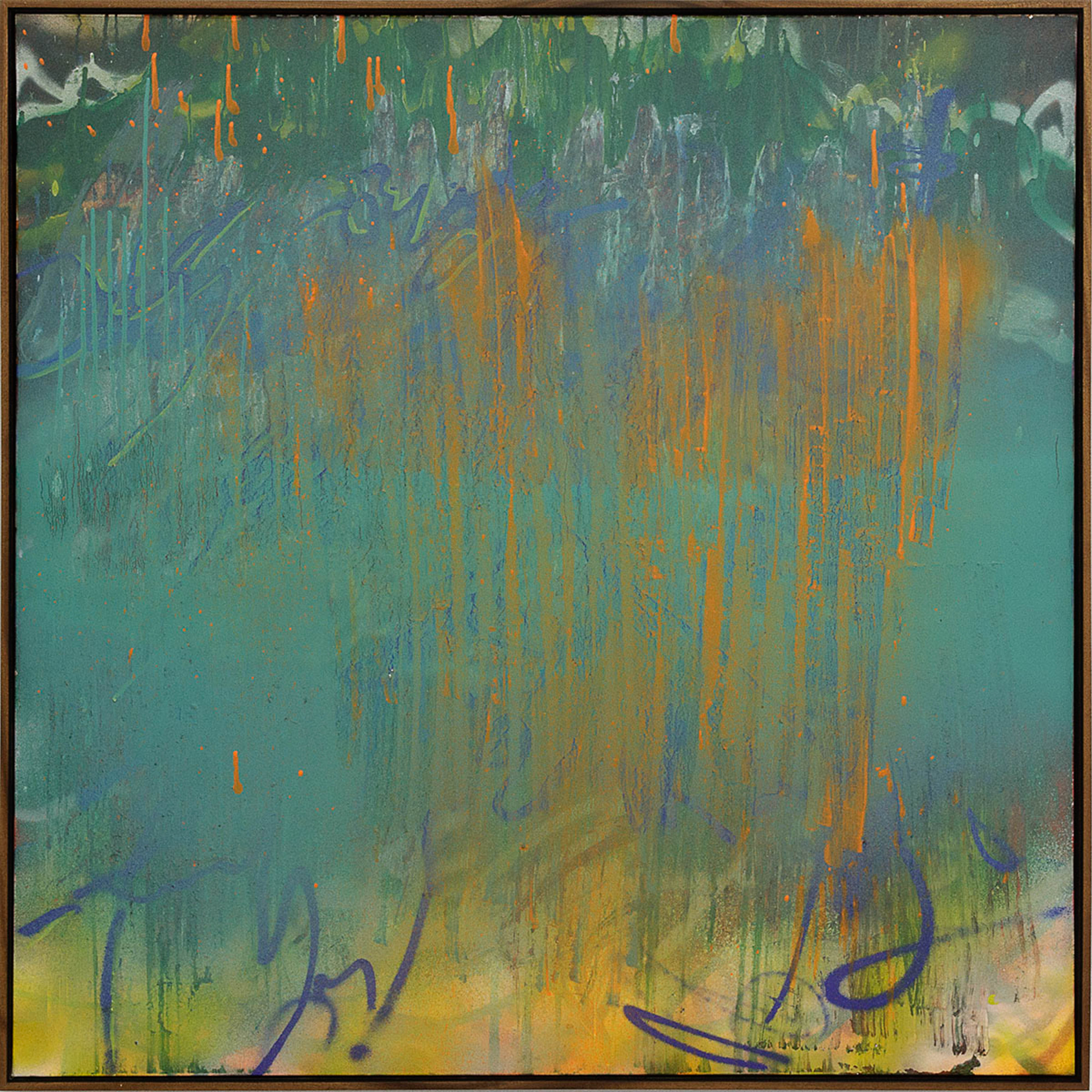
[ctrl+c; ctrl+v]
– a weather condition in which visibility and contrast are severely reduced by snow or sand. The horizon disappears completely and there are no reference points at all, leaving the individual with a distorted orientation.
– sunlight is blocked, reduced and scattered by ice crystals or wind-blown spin drift.
– light is received from multiple directions with each light source producing overlapping shadows which cancel-out each other. This dulls the area and removes indicators such as tones and contrast, making it difficult to discern similarly coloured slope features. The loss of visual indicators of shape and edge detail results in objects and features seeming to blend into each other, producing a flat featureless vista. An effect of visual blending may be a loss of depth of field resulting in disorientation.
[ctrl+c; ctrl+v]
leave my body lose myself
leave this planet and leave this hell
born in the east die in the west
i never rest i never rest
whiteout
backwards backwards lose all time
intellect made us blind
analysis paralysis
analysis paralysis
whiteout
hear dog bark don’t ask me why
be born grow old with grace and die
salmon leap sower reap
as crow flies so heat rise – whiteout
need to fill drink this wine
knock back the juice see the signs
leave my body lose myself
leave this planet leave this hell
whiteout
Jan-Henri Booyens is an artist of extremes, fully inhabiting binaries of rationality and chaos; past and present; abstraction and figuration. The ever-looming presence of a century of abstraction can be felt in all its guises, but imposed upon it is the underground punk aesthetic that characterises his oeuvre. Electrified lines and pixelated sprays of paint grab outwards and acidic pigments form fields of psychedelic colour across large-scale canvases. In his own words, he aspires to make art with the aesthetic and emotional quality of a song, “a melody that gets stuck in your head”¹. Extending his musical metaphor, this series of work is comparable to a winding electric guitar solo, one that soars and screeches, but also dips low into a reverberating hum.
Notable in this new series of work is Booyens’ shift toward Glitch art, a result of his fascination with pixel drifting, data mulching and other forms of automated abstraction. The base line in his paintings is his own work. Photographs as well as earlier paintings are fed into data bending software, and the results form the inspiration for the final paintings. Booyens is entranced by this code reaction, the intensification of pixels bouncing off each other, the machine’s dependency on header code as an instruction to interpret “correctly”. At the same time he realizes that the glitch “had a specific home, it lives inside the code, inside the machine. What if paint could glitch?”
The process of bending data to produce art, creation from destruction, parallels the way Booyens’ paints, creating and then ‘destroying’ layer upon layer on the canvas. In his mind the paint becomes the code, and his task is to corrupt it. In withholding information, he sets out to create a new form of collision, translating the naiveté of broken binary code into a celebration of analogue brokenness.
– a weather condition in which visibility and contrast are severely reduced by snow or sand. The horizon disappears completely and there are no reference points at all, leaving the individual with a distorted orientation.
– sunlight is blocked, reduced and scattered by ice crystals or wind-blown spin drift.
– light is received from multiple directions with each light source producing overlapping shadows which cancel-out each other. This dulls the area and removes indicators such as tones and contrast, making it difficult to discern similarly coloured slope features. The loss of visual indicators of shape and edge detail results in objects and features seeming to blend into each other, producing a flat featureless vista. An effect of visual blending may be a loss of depth of field resulting in disorientation.
[ctrl+c; ctrl+v]
leave my body lose myself
leave this planet and leave this hell
born in the east die in the west
i never rest i never rest
whiteout
backwards backwards lose all time
intellect made us blind
analysis paralysis
analysis paralysis
whiteout
hear dog bark don’t ask me why
be born grow old with grace and die
salmon leap sower reap
as crow flies so heat rise – whiteout
need to fill drink this wine
knock back the juice see the signs
leave my body lose myself
leave this planet leave this hell
whiteout
– Killing Joke, 1994
Jan-Henri Booyens is an artist of extremes, fully inhabiting binaries of rationality and chaos; past and present; abstraction and figuration. The ever-looming presence of a century of abstraction can be felt in all its guises, but imposed upon it is the underground punk aesthetic that characterises his oeuvre. Electrified lines and pixelated sprays of paint grab outwards and acidic pigments form fields of psychedelic colour across large-scale canvases. In his own words, he aspires to make art with the aesthetic and emotional quality of a song, “a melody that gets stuck in your head”¹. Extending his musical metaphor, this series of work is comparable to a winding electric guitar solo, one that soars and screeches, but also dips low into a reverberating hum.
Notable in this new series of work is Booyens’ shift toward Glitch art, a result of his fascination with pixel drifting, data mulching and other forms of automated abstraction. The base line in his paintings is his own work. Photographs as well as earlier paintings are fed into data bending software, and the results form the inspiration for the final paintings. Booyens is entranced by this code reaction, the intensification of pixels bouncing off each other, the machine’s dependency on header code as an instruction to interpret “correctly”. At the same time he realizes that the glitch “had a specific home, it lives inside the code, inside the machine. What if paint could glitch?”
The process of bending data to produce art, creation from destruction, parallels the way Booyens’ paints, creating and then ‘destroying’ layer upon layer on the canvas. In his mind the paint becomes the code, and his task is to corrupt it. In withholding information, he sets out to create a new form of collision, translating the naiveté of broken binary code into a celebration of analogue brokenness.
¹ Rick De La Ray (2015). ‘My War – Jan-Henri Booyens’, The Lake Magazine.